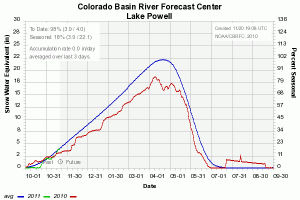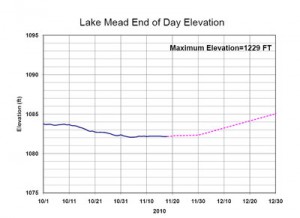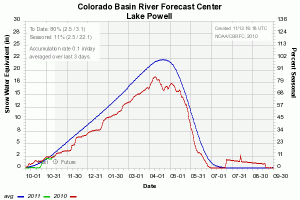For more than a decade, I’ve written about arguments over whether the United States is building, or could, or should build “new” nuclear weapons.

B61 Mod 11 simulation, courtesy Sandia National Laboratories
They are frequently silly arguments.
The “newness” debate was engaged in earnest in the late 1990s when the weaponeers fielded a nuclear bomb called the “B61 Mod 11”. The B61 is kinda the Volkswagen bug of the U.S. nuclear arsenal, a versatile bomb originally designed in the 1960s. The “Mod 11” took a regular B61 and beefed up its outer casing so it could burrow into the ground before detonation, giving it a modest earth-penetration capability for use against deeply buried hardened targets.
Did that make it a “new” nuclear weapon? In a nation that has not built any “new” nuclear weapons since the late ’80s, and where building a “new” nuclear weapon would send important international signals, there was a debate about this (and subsequent similar weapon design and modification efforts) that endlessly circled the issue.
“Yes it’s new.” “No it’s not.”
From a journalistic perspective, the problem seemed relatively straightforward, if cumbersome. One word wasn’t going to do it. There were ways in which the B61 Mod 11 was “new”. There were ways in which it was not. Its physics package was not new. Its military characteristics were, to a modest extent, new. In what way did those differences matter?
I was reminded of that experience when Keith Kloor over the weekend baited a bunch of folks on an informal email list (journalists, academics, scientists, many of us apparently with too much time on our hands) with that age old question: “climate skeptic” or “denier”: “Which term do you use as shorthand in your reporting/writing on climate change?”
My answer, as a journalist, was “neither”. In my writing, as near as I can tell I’ve never used “denier”, and only used variations of “skeptic” sparingly with supporting language to help clarify what I mean by the term.
The fact that the question triggers endless argument (see Pielke, Kloor and Yulsman) suggests that either label, like “new” or “not new”, isn’t going to work as a communication tool. If we end up arguing about which word to use, I would contend that we’ve got a situation where a single word/phrase/label is insufficient to communicate with clarity.
In the skeptic/denier discussion, there are baggage issues – is our chosen word pejorative? Are we using labels to flag tribal identity? But I don’t even get to the point of joining that part of the argument. There is enough difference in gradations of belief and understandings of the climate-energy system, and enough differences in roles played in the discussion, that I think more verbiage is required to make clear, in any given context, who it is I’m writing about, what they believe, and what role they are playing.
And like the new/not new question of the B61 Mod 11, the effort to explore the differences can bear some useful fruit.




.jpg) In
In 